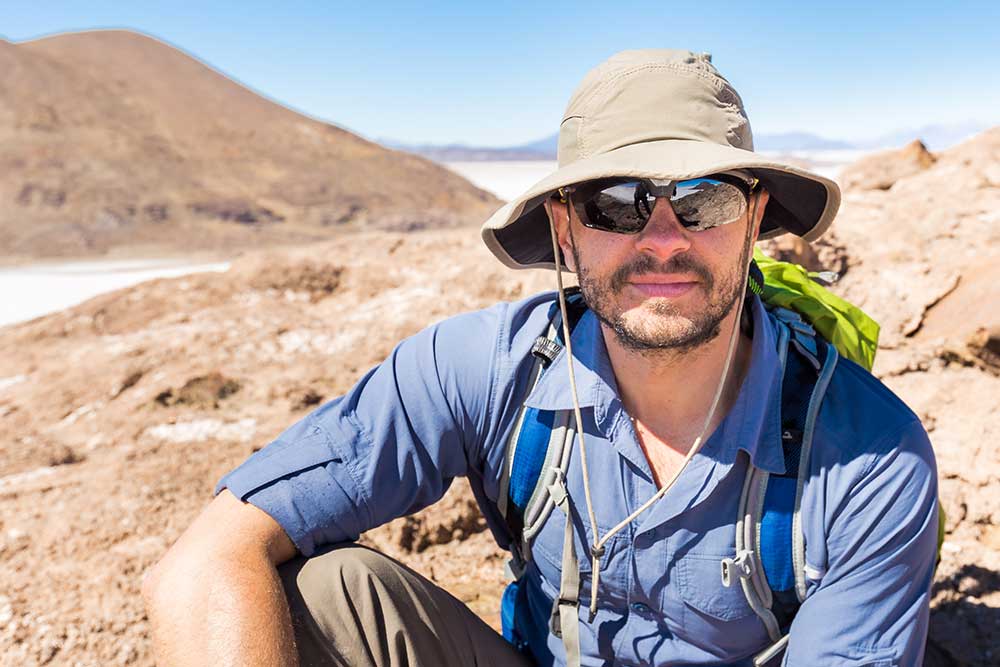All Categories
Featured
Table of Contents
Geophysics in Coolbinia Western Australia 2021

The primary design for the radial structure of the interior of the Earth is the initial reference Earth model (PREM). Some parts of this model have actually been updated by current findings in mineral physics (see post-perovskite) and supplemented by seismic tomography. The mantle is generally made up of silicates, and the boundaries in between layers of the mantle are consistent with stage transitions.

Schematic of Earth's magnetosphere. Circulations from left to.
Inside the magnetosphere, there are relatively dense regions of solar wind particles called the Van Allen radiation belts. Geophysical measurements are generally at a specific time and location.
What Does A Geophysicist Do? in Beechina Australia 2023
, integrates astronomical collaborates and the local gravity vector to get geodetic coordinates. This method just provides the position in 2 collaborates and is more challenging to use than GPS.
Relative positions of two or more points can be figured out utilizing very-long-baseline interferometry. Gravity measurements ended up being part of geodesy because they were needed to associated measurements at the surface area of the Earth to the recommendation coordinate system. Gravity measurements on land can be used gravimeters released either on the surface area or in helicopter flyovers.
Sea level can likewise be determined by satellites using radar altimetry, contributing to a more accurate geoid. In 2002, NASA released the Gravity Healing and Environment Experiment (GRACE), in which two twin satellites map variations in Earth's gravity field by making measurements of the range between the 2 satellites using GPS and a microwave ranging system. , which are studied through geophysics and space physics.
Geophysicists in Oldsbury Oz 2021

Because geophysics is worried with the shape of the Earth, and by extension the mapping of functions around and in the planet, geophysical measurements include high precision GPS measurements. As soon as the geophysical measurements have been processed and inverted, the translated results are plotted using GIS.
Lots of geophysics business have created in-house geophysics programs that pre-date Arc, GIS and Geo, Soft in order to fulfill the visualization requirements of a geophysical dataset. Expedition geophysics is applied geophysics that often utilizes remote sensing platforms such as; satellites, aircraft, ships, boats, rovers, drones, borehole sensing devices, and seismic receivers.
For circumstances, aeromagnetic information (aircraft collected magnetic data) collected using traditional fixed-wing airplane platforms need to be corrected for electromagnetic eddy currents that are created as the aircraft moves through Earth's electromagnetic field. There are likewise corrections related to modifications in determined prospective field strength as the Earth turns, as the Earth orbits the Sun, and as the moon orbits the Earth.
Geophysical Survey - An Overview in Kardinya Western Australia 2022
Signal processing includes the correction of time-series information for unwanted noise or mistakes presented by the measurement platform, such as airplane vibrations in gravity information. It also involves the reduction of sources of sound, such as diurnal corrections in magnetic information., meteorology, and physics.
The magnetic compass existed in China back as far as the 4th century BC. It was not till excellent steel needles could be created that compasses were utilized for navigation at sea; prior to that, they might not keep their magnetism long enough to be helpful.
By taking a look at which of 8 toads had the ball, one might identify the direction of the earthquake. It was 1571 years before the first design for a seismoscope was published in Europe, by Jean de la Hautefeuille. It was never ever constructed. Among the publications that marked the beginning of modern science was William Gilbert's (1600 ), a report of a series of meticulous experiments in magnetism.
Geophysical And Geotechnical Assessment in Coogee Oz 2022
In 1687 Isaac Newton released his, which not only laid the foundations for classical mechanics and gravitation however also explained a variety of geophysical phenomena such as the tides and the precession of the equinox. The first seismometer, an instrument efficient in keeping a constant record of seismic activity, was constructed by James Forbes in 1844. Geochemistry, Geophysics, Geosystems. National Aeronautics and Area Administration. Obtained 13 November 2018.
Leipzig. Berlin (Gebruder Borntraeger). Runcorn, S.K, (editor-in-chief), 1967, International dictionary of geophysics:. Pergamon, Oxford, 2 volumes, 1,728 pp., 730 fig Geophysics, 1970, Encyclopaedia Britannica, Vol. 10, p. 202-202 Ross 1995, pp. 236242 Shearer, Peter M. (2009 ). Introduction to seismology (second ed.). Cambridge: Cambridge University Press. ISBN 9780521708425. Stphane, Sainson (2017 ).
Latest Posts
Geophysical Survey Methods in Champion Aus 2021
Geophysical Survey - Salisbury Archaeology in Hocking Australia 2021
What Can I Do With A Major In Geophysics? in Carine Australia 2023